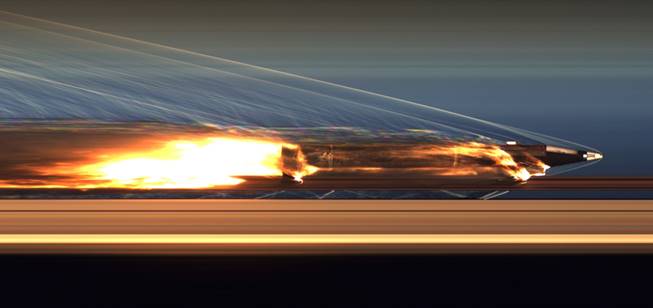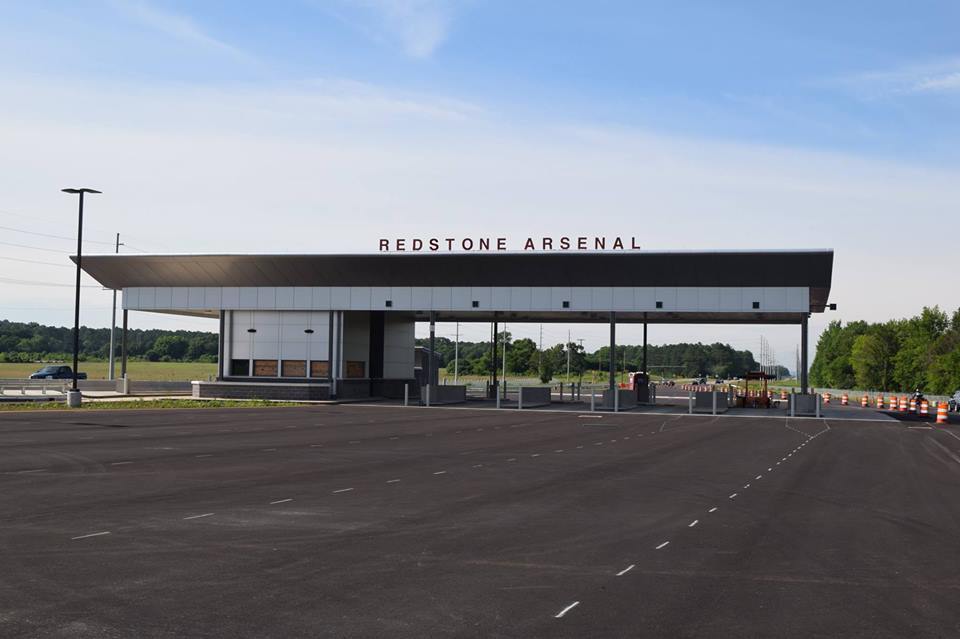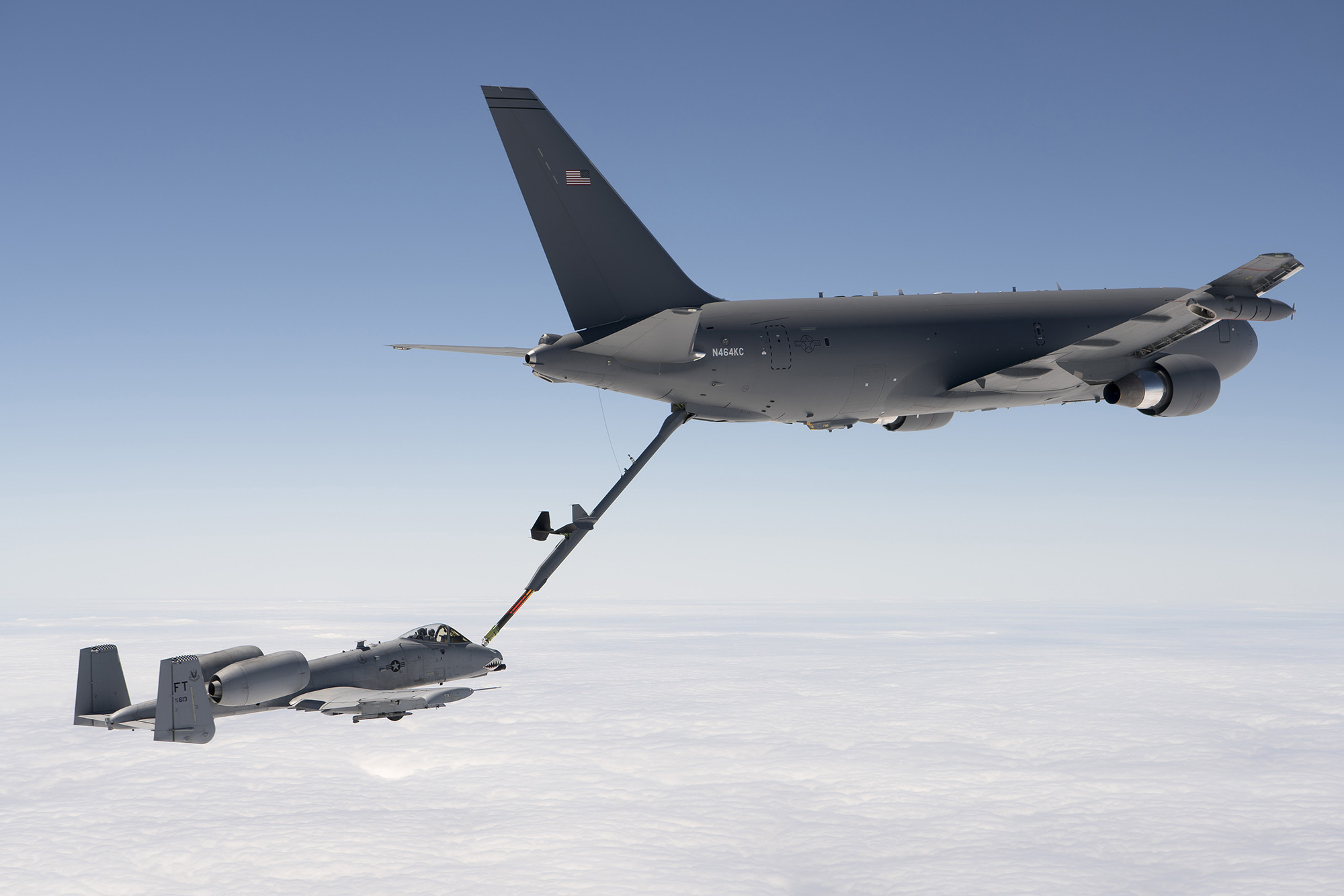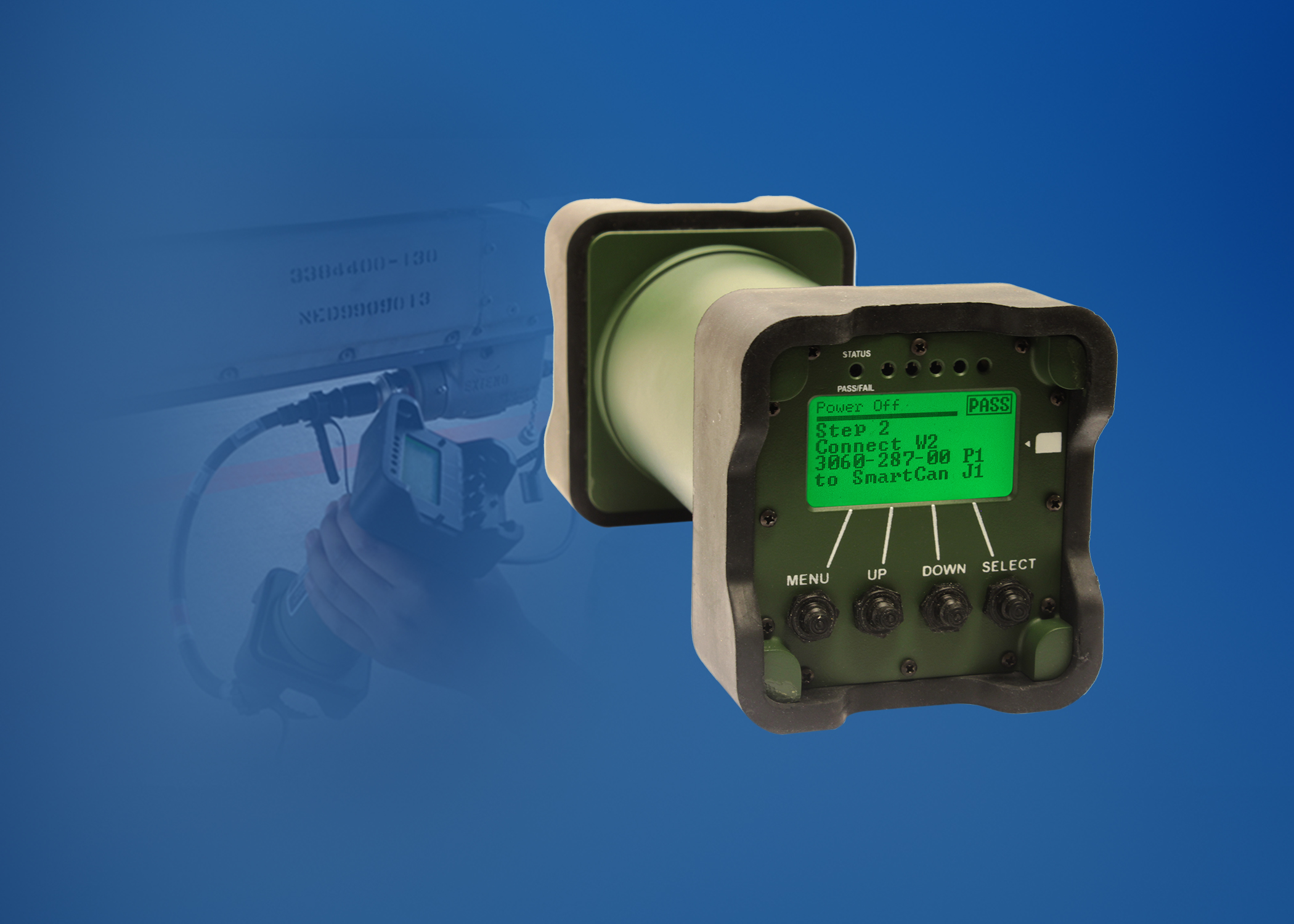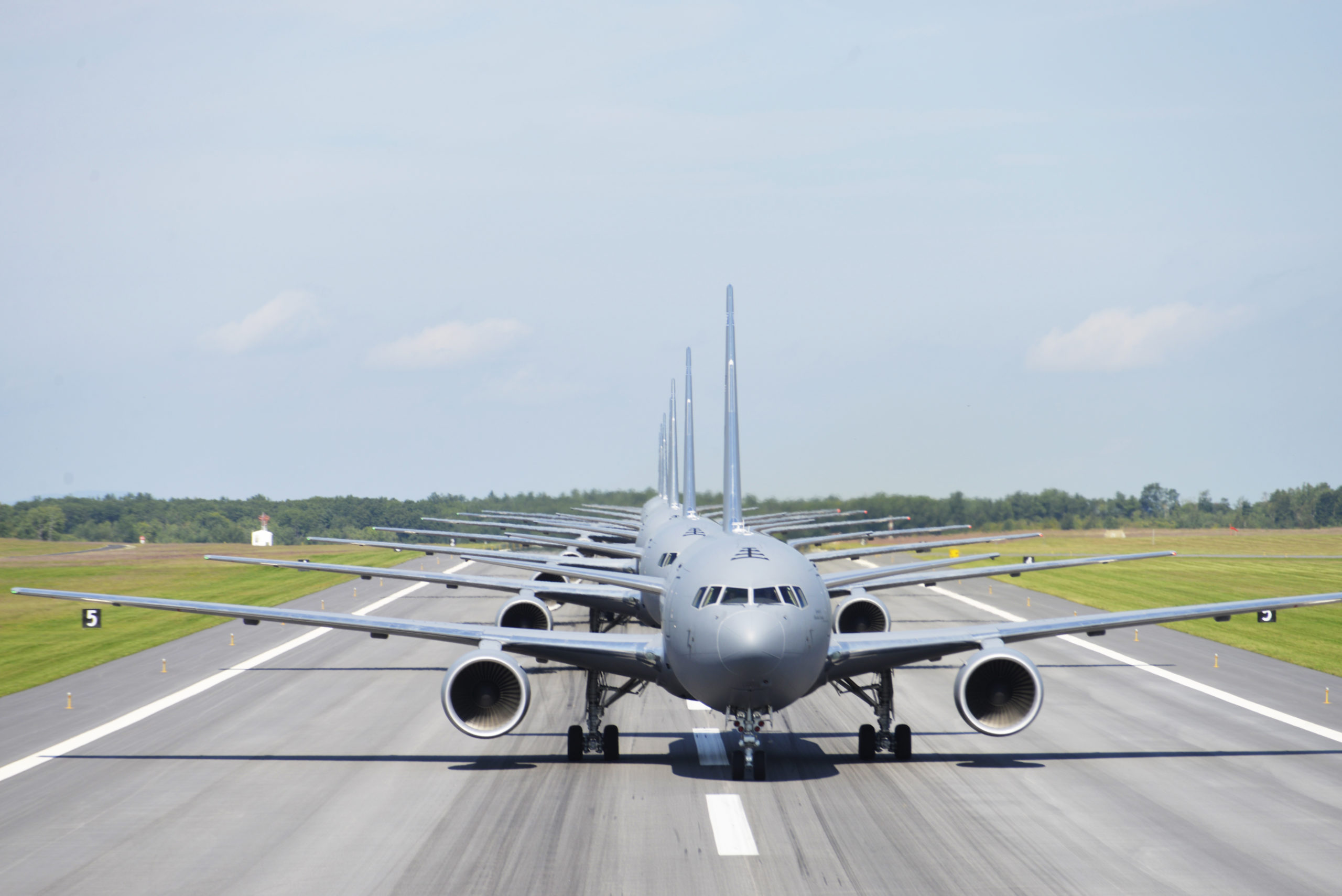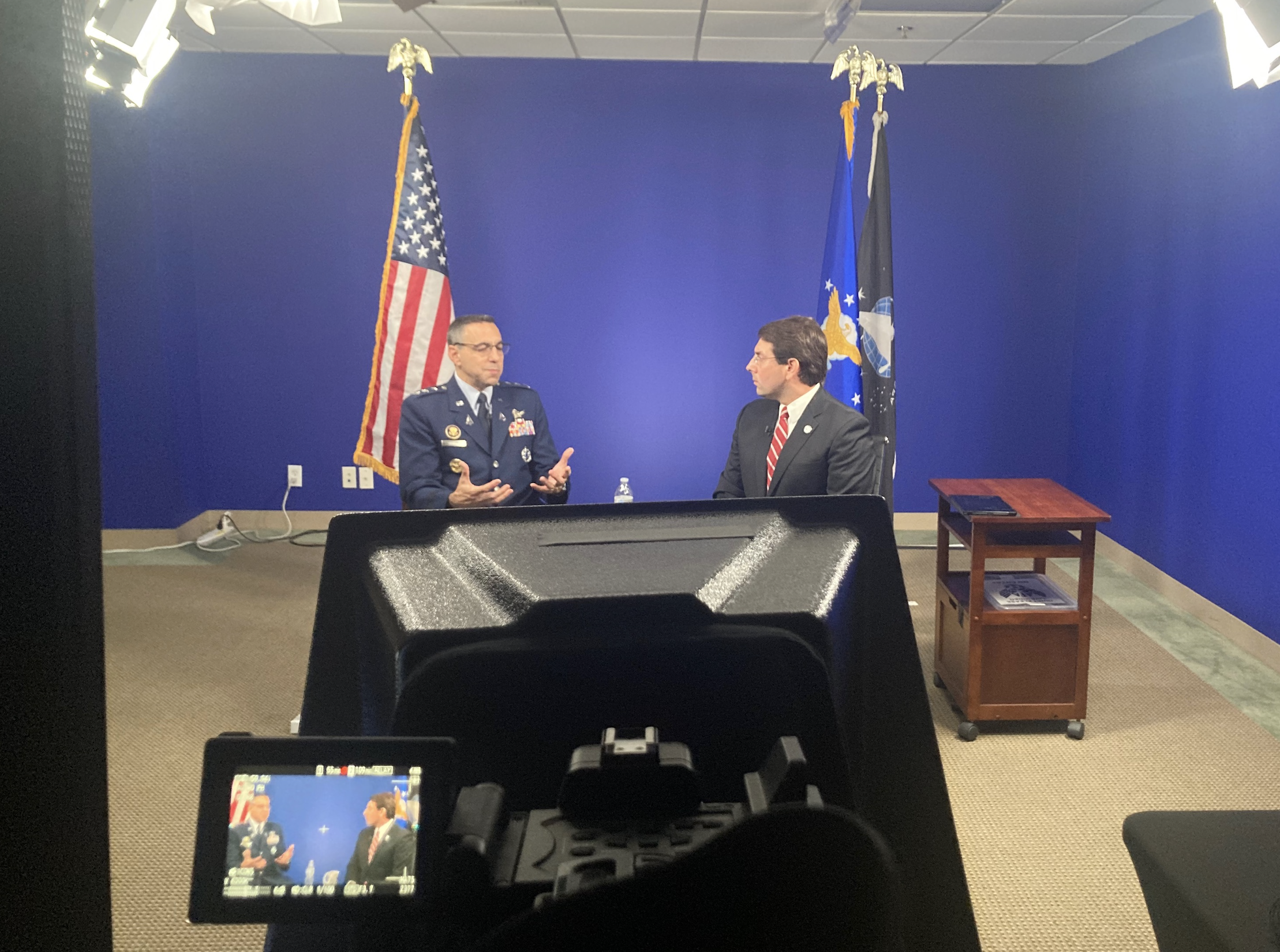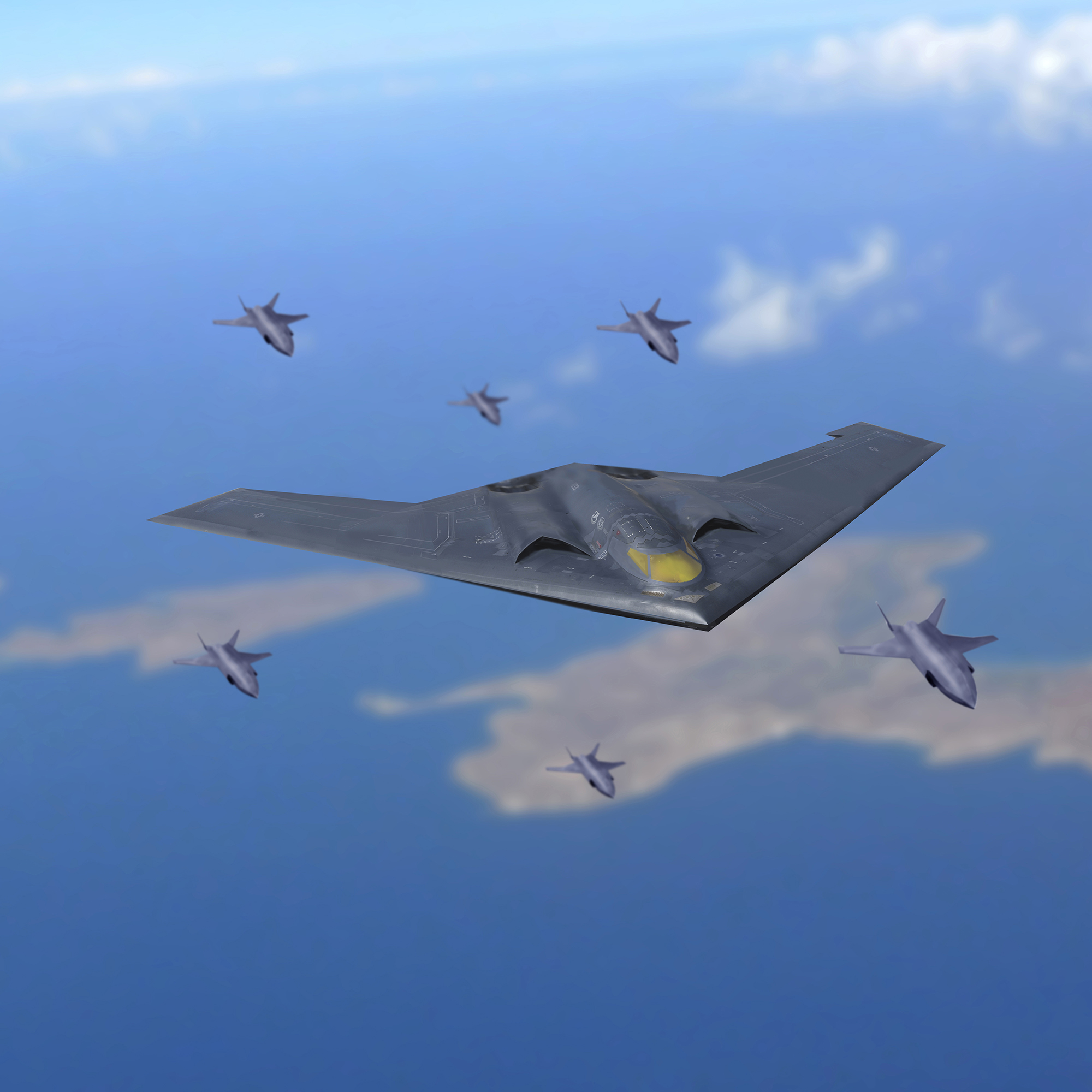The Air Force has demonstrated renewed capability to run a vehicle at hypersonic speed on a sled track and recover the test article, adding another means to test hypersonic technologies, according to the service’s Arnold Engineering and Development Complex.
In two tests since July 2021, conducted at Holloman Air Force Base, N.M., vehicles were accelerated to more than 5,000 feet per second on a 10-mile-long sled track, then decelerated and the payloads recovered, AEDC said. The tests were conducted by the 846th Test Squadron at Holloman.
The Holloman High-Speed Test Track (HHSTT) is a capability unique to the Defense Department, and is “the only sled track capable of recovering sleds with test articles from velocities over Mach 5,” according to Daniel Lopez, project manager for the tests.
Called the Hypersonic Sled Recovery effort, or HSR, the runs were made to “prepare for the increased need for hypersonic test and evaluation in support of the National Defense Strategy,” Lopez said.
A lack of adequate testing facilities for hypersonic projects has been identified for several years. The DOD is working with NASA to expand hypersonic test capabilities at Arnold’s Tullahoma, Tenn., site, as well as at Edwards Air Force Base, Calif., and other locations.
One of the drawbacks of testing hypersonic vehicles in free flight is that there are few ways to decelerate and recover the vehicle for post-flight analysis. The X-51 vehicle, for example, was the first to exceed 200 seconds of air-breathing hypersonic flight, but all the X-51s were lost when they hit the ocean, as planned. An industry source familiar with hypersonic testing said it isn’t worth the cost or time to try to create a means to “catch or land” such missiles after they complete their high-speed flights. Even the inclusion of a parachute affects the shape and weight of the vehicle and would require further engineering time, and “we’re in a bit of a hurry,” he said.
The Air Force’s developmental AGM-183A Air-launched Rapid Response Weapon, or ARRW, has suffered from some simplistic failures, but the tight scheduling of range time and assets has slowed the re-run of some of those tests, as the program had to “get back in line” to try again.
“We have a very robust portfolio of testing going on right now, … including hypersonics, and range time is precious,” according to a test official. An expert in hypersonics research said the sled tests are “impressive. But also, frankly limited in the useful data it can provide.” Short of full-scale testing at altitude, all test methods, from tunnels to digital simulations, have drawbacks.
Lopez called the program a “multifaceted” effort that covers “development and resurrection of various braking methods, sled designs, and thermal protection systems, as well as gaining proficiency in conducting recovered hypersonic missions.”
Before the recent tests, recovered hypersonic missions hadn’t been made at Holloman for about 18 years.
The track is a monorail of 50,971 feet (about 10 miles); it’s the longest of the sled systems at Holloman. There is a 3.8 mile monorail at the base, but that’s too short to get a test vehicle up to Mach 5 or higher, and recover the test article, Lopez said. Even so, that track was used to set a world land speed record of 9,465 feet per second, or about Mach 8.4, or 6,453 miles per hour, he noted.
Holloman also offers test data “to verify lethality effects, impact survivability, aerothermal and weather effects, separation dynamics, guidance system performance, sensor performance, and other key performance metrics.”
Rainfield capability was upgraded at Holloman last fall to test the effects of high speed flight through weather, Arnold said. The upgrade was based on analysis of natural rainfall.
Lopez said the HSR project will continue to expand the capabilities of the sled track, adding additional braking methods in order to test sleds moving at Mach 6 or higher. The test track is also being upgraded to allow testing at 10,000 feet per second versus the current limit of 9,400 fps.
